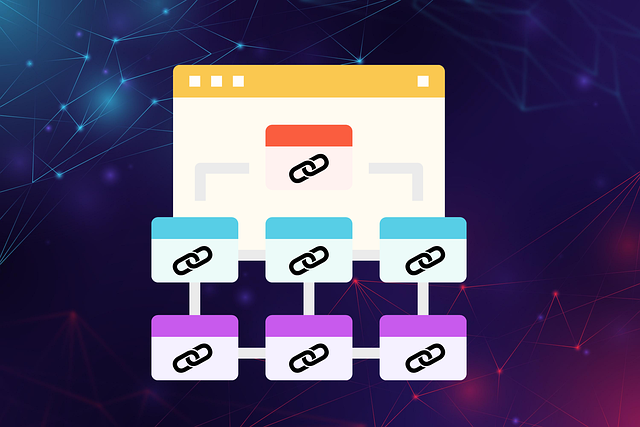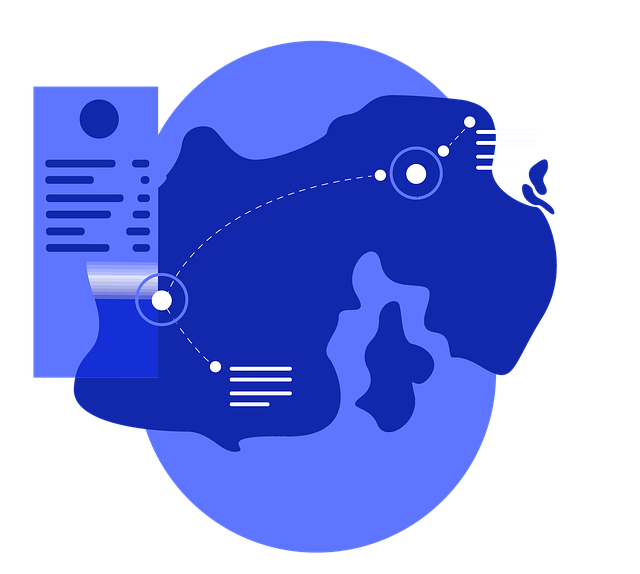Internal linking is an essential SEO strategy that boosts website visibility and user experience. Using specialized tools, you can optimize link placement, contextual anchoring, and backlink analysis. Transactional keywords in anchor text enhance navigation and signal search engines about your site's structure. Integrate these keywords naturally into relevant pages, guiding users to complementary content. Measure CTRs and heatmap analytics to optimize the internal linking structure. Effective internal linking improves user behavior, reduces bounce rates, and increases time on page, ultimately driving better search engine rankings.
In today’s digital landscape, understanding internal linking for SEO is pivotal for website success. Transactional keywords play a crucial role in optimizing landing pages that offer tools for internal linking. This article delves into the intricacies of both concepts, guiding you through strategies to enhance search engine rankings using effective internal linking techniques with relevant SEO tools. By exploring best practices and measuring success through traffic analysis, you’ll revolutionize your website’s performance.
- Understanding Internal Linking for SEO
- The Role of Transactional Keywords in Landing Pages
- Optimizing Your Website with the Right Tools
- Strategies to Integrate Transactional Internal Linking for SEO into Content
- Measuring Success: Analyzing Traffic and User Behavior
- Best Practices for Effective Internal Linking Implementation
Understanding Internal Linking for SEO

Internal linking is a fundamental component of any search engine optimization (SEO) strategy, and it’s a powerful tool that can significantly impact your website’s visibility and performance in search results. By using internal links, you create a network of connections between relevant pages on your site, guiding users and search engines through your content. This strategic approach ensures that your web pages gain more value and authority, which is essential for SEO.
When implementing an internal linking strategy, it’s crucial to focus on creating high-quality, contextually relevant links. These links should enhance the user experience by providing additional information or guiding users towards related content. An effective internal linking for SEO tool can assist in identifying these opportunities, suggesting relevant anchor text, and analyzing link profiles to optimize your site’s structure. Following best practices in a tutorial or strategy guide will help you navigate this process successfully, ensuring your website becomes a valuable resource for both search engines and your audience.
The Role of Transactional Keywords in Landing Pages

Transactional keywords play a pivotal role in optimizing landing pages for search engines and user engagement. When it comes to internal linking for SEO, these keywords are essential tools. They act as bridges between relevant web pages, guiding users and search algorithms alike. By incorporating specific terms related to internal linking for SEO tutorial or internal linking for SEO tips, you can enhance the relevance of your content, making it more attractive to both visitors and search engine crawlers.
Using strategic transactional keywords in your landing page copy allows you to create a clear structure for your site’s hierarchy. This is particularly beneficial when implementing an internal linking for SEO strategy. Well-placed keywords signal to search engines that your pages are interconnected, fostering better crawling efficiency and potentially leading to improved rankings. Effective internal linking not only boosts SEO but also enhances user experience by providing easy navigation throughout your website’s valuable resources.
Optimizing Your Website with the Right Tools

Optimizing your website’s structure and content with powerful tools is key to unlocking significant SEO potential. Internal linking plays a pivotal role in enhancing user experience and search engine visibility, making it an essential component of any robust SEO strategy. By strategically employing an effective internal linking for SEO tool, you can transform your site into a well-connected web of information.
Using the right tools allows you to implement seamless internal linking for SEO optimization. This involves identifying relevant pages within your website and creating a logical hierarchy through contextual links. With these tools, you can quickly generate anchor text, optimize link placement, and analyze existing backlinks. By integrating such practices into your overall internal linking for SEO tips, you’ll not only improve crawlability but also boost the authority of important pages, ultimately driving better search rankings.
Strategies to Integrate Transactional Internal Linking for SEO into Content

Integrating transactional internal linking into your content strategy is a powerful way to enhance your website’s SEO performance. Start by identifying relevant pages and topics within your site that can benefit from interconnectedness. Utilize an internal linking for SEO tool to uncover potential link opportunities; these tools often reveal related pages with low-to-moderate anchor text diversity, offering prime candidates for strategic internal links. For instance, if you have a blog post about “SEO best practices,” you could link to other relevant articles like “On-page SEO optimization tips” or “Keyword research techniques.”
When implementing internal linking for SEO strategy, focus on creating a natural flow of information. Ensure that each internal link provides value by guiding users towards content that complements their current interest. For an internal linking for SEO tutorial or tips approach, consider including links within the body text, especially when explaining specific strategies. For example, “As shown in our recent case study, implementing contextual internal links can improve user engagement.” This strategy not only enhances SEO but also offers a better user experience by encouraging exploration of relevant resources across your site.
Measuring Success: Analyzing Traffic and User Behavior

Measuring success is a crucial aspect of optimizing your website’s internal linking structure using an SEO tool. By analyzing traffic and user behavior, you gain valuable insights that help refine your strategy. Start by tracking key metrics such as click-through rates (CTRs) from internal links. A high CTR indicates that your links are engaging users and encouraging them to explore more content on your site. This data can guide your decision-making process when it comes to link placement and anchor text optimization.
Additionally, heatmap analytics offers a deeper understanding of user interactions. Visualizing where clicks occur on a page helps identify popular content sections and potential areas for improvement. For instance, if a specific internal link consistently draws attention but has low click-through rates, it might signal a need to reevaluate the anchor text or surrounding content. This iterative process ensures your internal linking strategy aligns with user expectations, ultimately enhancing SEO performance as outlined in our internal linking for SEO tutorial and strategy guide.
Best Practices for Effective Internal Linking Implementation

Implementing effective internal linking is a powerful SEO tool that can significantly boost your website’s performance. Start by creating a comprehensive strategy—identify relevant pages within your site and establish logical connections between them. This involves understanding user behavior and intent, ensuring each link provides value by directing users to content that answers their queries. For instance, if you have an article on “SEO Best Practices,” linking internally to other relevant articles or guides can enhance the user experience and signal to search engines the topic’s authority.
When executing internal linking for SEO tips, focus on creating a natural flow of links that guide users through your site. Use anchor text wisely; it should be descriptive and indicative of the linked page’s content. Avoid keyword stuffing but don’t hesitate to incorporate relevant keywords into your anchor text where applicable. Remember, an internal linking for SEO tutorial suggests that well-placed links can improve site navigation, reduce bounce rates, and increase time spent on page—all factors that contribute to better search engine rankings.
